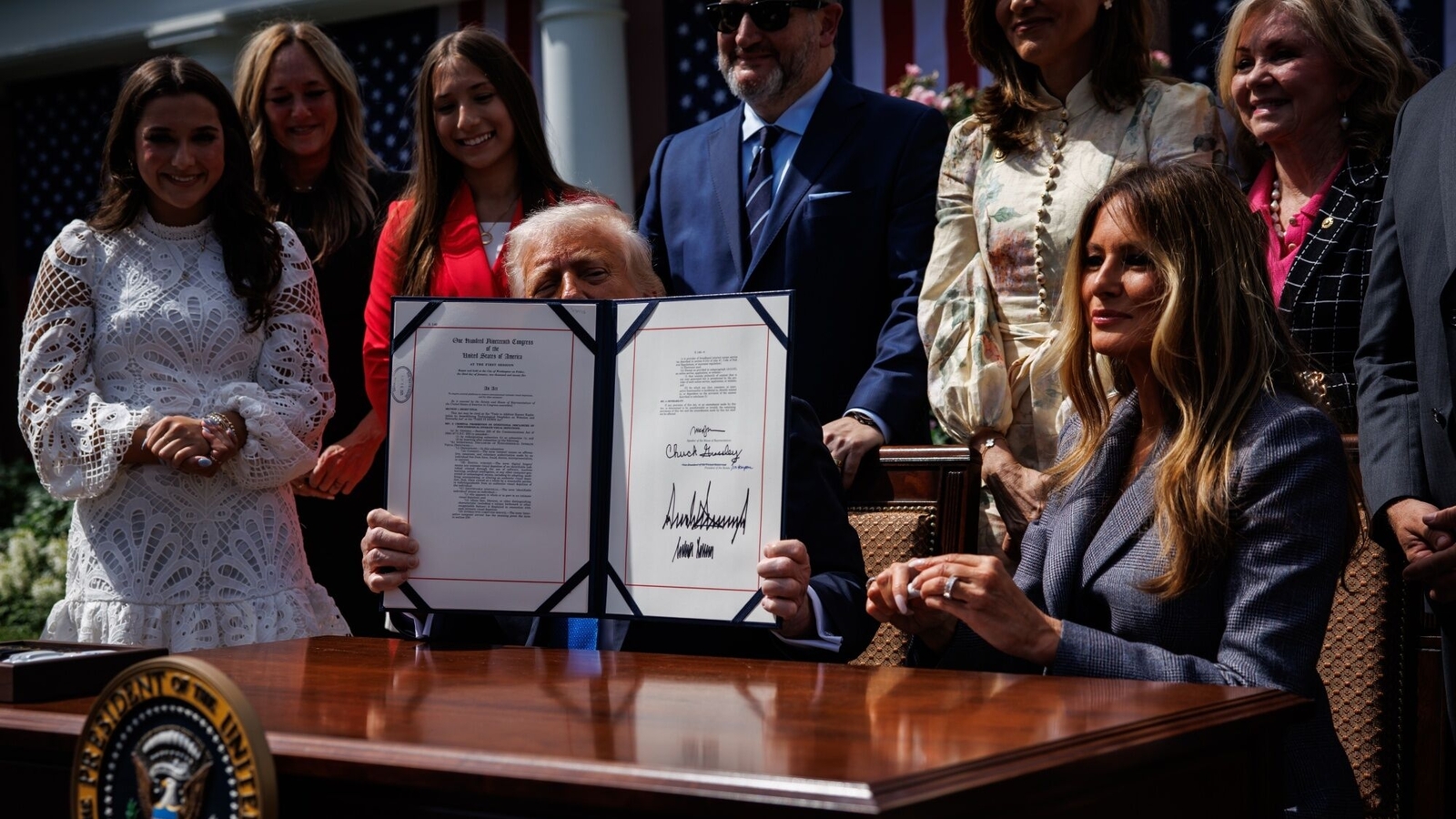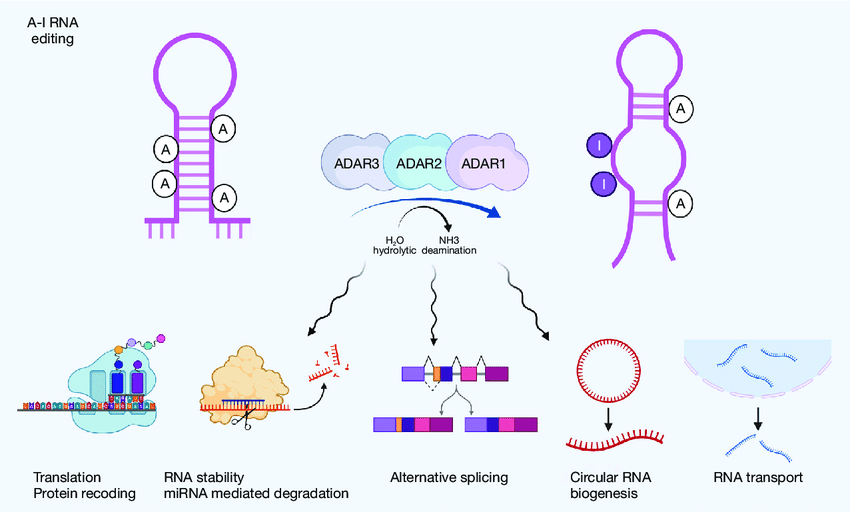- Courses
- GS Full Course 1 Year
- GS Full Course 2 Year
- GS Full Course 3 Year
- GS Full Course Till Selection
- Online Program
- GS Recorded Course
- NCERT (Recorded 500+ Hours)
- Polity Recorded Course
- Geography Recorded Course
- Economy Recorded Course
- AMAC Recorded Course
- Modern India, Post Independence & World History
- Environment Recoded Course
- Governance Recoded Course
- Science & Tech. Recoded Course
- International Relations and Internal Security Recorded Course
- Disaster Management Module Course
- Ethics Recoded Course
- Essay Recoded Course
- Current Affairs Recoded Course
- CSAT
- 5 LAYERED ARJUNA Mentorship
- Public Administration Optional
- ABOUT US
- OUR TOPPERS
- TEST SERIES
- FREE STUDY MATERIAL
- VIDEOS
- CONTACT US
Trump signs ‘Take it Down Act’ to combat deepfakes and online exploitation
Trump signs ‘Take it Down Act’ to combat deepfakes and online exploitation
22-05-2025

- On May 19, 2025, U.S. President Donald Trump signed the Take It Down Act into law to curb the growing threat of explicit images and videos being shared online without the subject's consent.
- The law responds to a rise in revenge porn and AI-generated deepfakes, especially targeting women and minors who are subjected to online exploitation and harassment.
About Deepfakes :
- Deepfakes are manipulated digital media, including videos, images, and audio, that make someone appear to be someone else, or to be saying or doing something they didn't.
- This technology uses artificial intelligence, specifically deep learning algorithms, to create highly realistic fakes that can be difficult to distinguish from genuine content.
Why the Law Was Needed
- Artificial Intelligence tools have enabled the creation of realistic fake images, often used to humiliate, blackmail, or bully individuals—most commonly women.
- With increasing incidents of non-consensual content sharing, both real and digitally altered, the U.S. government deemed urgent federal legislation necessary to protect privacy and dignity in the digital space.
Key Provisions of the Take It Down Act :
- Online platforms are legally required to remove reported non-consensual explicit images within 48 hours of a complaint being filed by the victim.
- Additionally, platforms must take reasonable measures to ensure that the content does not resurface elsewhere on their systems.
- The law specifically includes both real and AI-manipulated or generated content, such as deepfakes, under its scope.
- This ensures that advanced digital manipulation techniques cannot be used to bypass accountability or harass individuals under the guise of fabrication.
- The law makes it a federal criminal offense to knowingly share or even threaten to share explicit content of a person without their consent.
- Offenders can face up to three years in prison, marking the first federal-level criminal penalty for this specific offense.
- Under the law, digital platforms must promptly act on takedown requests or risk federal enforcement.
- The Federal Trade Commission (FTC) is empowered to take legal action against companies failing to comply, which includes penalties and regulatory restrictions.
Legal Framework Supporting Anti-Deepfake Measures
A. Indian Context: Legal Provisions Under the Information Technology Act, 2000
Though the Take It Down Act is U.S. legislation, efforts in India to tackle deepfakes have relied on existing IT laws. Key legal tools include:
- Section 66E: Punishes the capture or sharing of images that violate a person's privacy.
- Section 66D: Addresses impersonation and cheating using electronic or digital means, applicable to deepfake scams or fake profiles.
- Sections 67, 67A, 67B: Penalize the creation or transmission of obscene, sexually explicit, or child-focused content, which includes AI-manipulated pornography.
B. Regulatory and Platform Responsibility
- Authorities have advised that platforms assist victims in filing First Information Reports (FIRs) when deepfake-related crimes occur.
- Under Section 66D, platforms are also expected to remove such content quickly, or else risk losing safe harbor protections that normally shield them from legal liability.
- Indian Penal Code (IPC), 1860 – now mostly superseded by the Bharatiya Nyaya Sanhita (BNS), 2023:
- The BNS addresses offenses such as defamation (Section 356), organized crime (Section 111), digital theft (Section 316), and cheating (Section 318).
- Digital Personal Data Protection Act, 2023: Primarily focuses on preventing the unauthorized handling or processing of personal data.
- Indecent Representation of Women (Prohibition) Act, 1986: Aims to ban the portrayal of women in an indecent or offensive manner.
Broader Implications for Digital Platforms
- Social media sites, content-hosting platforms, and messaging services must now implement systems to identify and remove explicit content rapidly.
- With deepfake tools becoming more accessible, platforms are expected to invest in AI content detection, user protection mechanisms, and clear complaint redressal processes.
Conclusion
The Take It Down Act is a landmark U.S. federal law designed to address the abuse of technology in the form of non-consensual explicit content sharing. By combining criminal penalties, enforceable platform responsibilities, and rapid response requirements, it sets a new precedent for protecting digital privacy and dignity—especially in the face of advancing AI technologies. It also signals to governments worldwide, including India, the need to strengthen domestic legal frameworks to counter deepfake exploitation and ensure victim-centered justice in the digital age.
|
Also Read |
|
UPSC Foundation Course |
|
| UPSC Monthly Magazine | CSAT Foundation Course |



